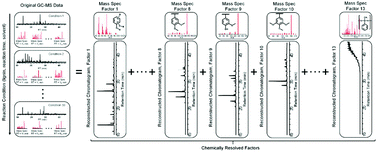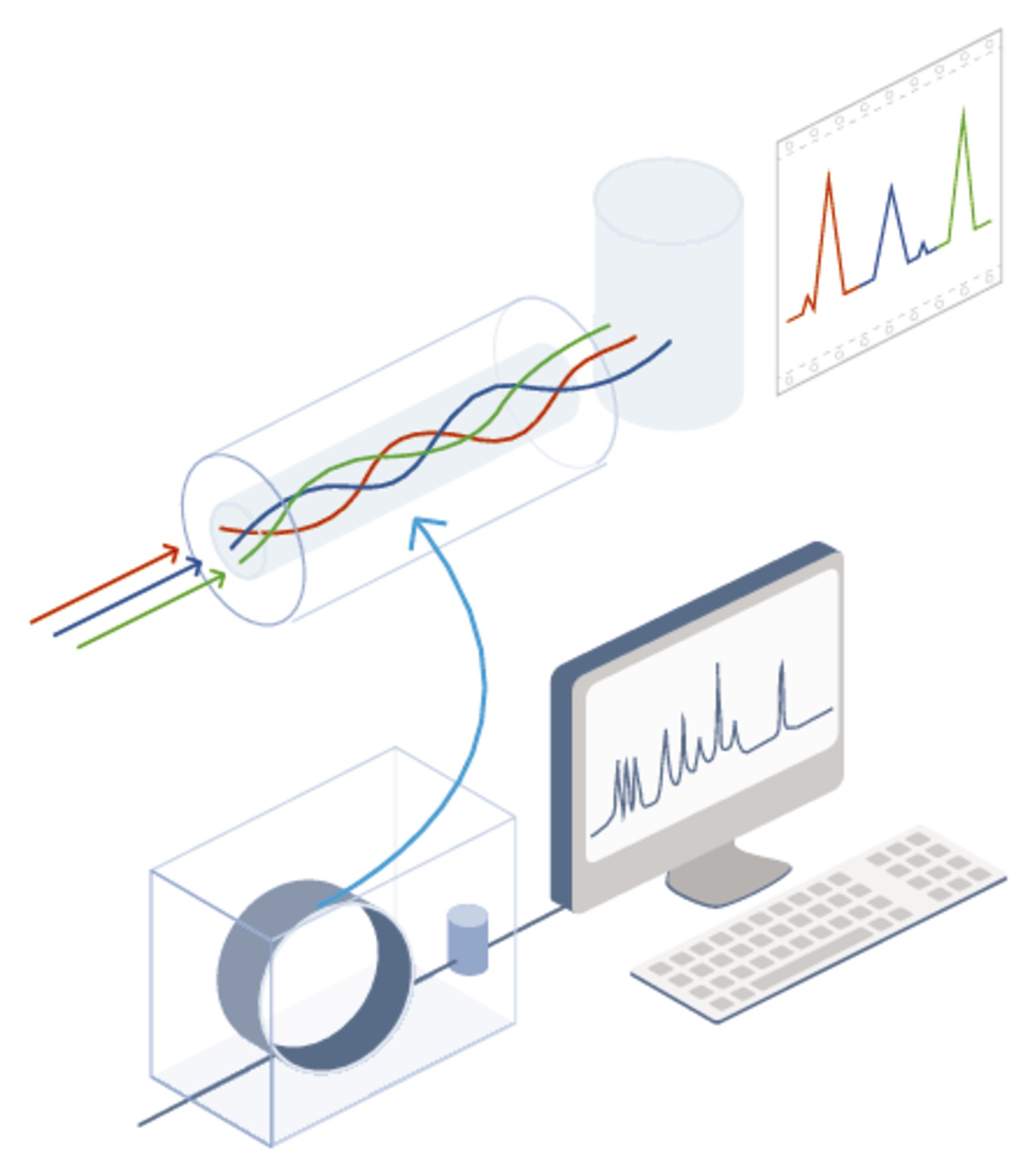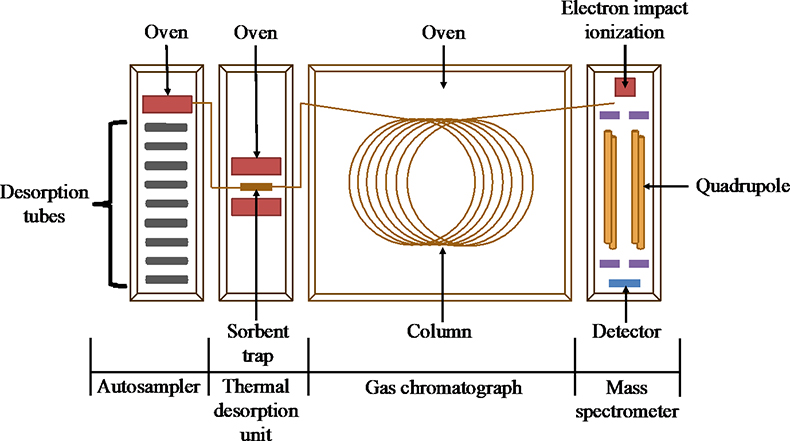Gas chromatography mass spectrometry (GC-MS) is a powerful analytical technique that is used to identify and quantify the chemical components of a sample. It combines the separation capabilities of gas chromatography with the detection and identification capabilities of mass spectrometry, resulting in a highly sensitive and accurate method for analyzing complex mixtures.
In GC-MS analysis, a sample is first introduced into the gas chromatograph, where it is vaporized and separated into its individual components based on their physical and chemical properties. The separated compounds are then detected and identified by the mass spectrometer, which measures the mass-to-charge ratio of the ions produced by the sample.
The GC-MS instrument consists of two main components: the gas chromatograph and the mass spectrometer. The gas chromatograph is a long, narrow tube that is filled with a stationary phase, such as a solid or liquid, and a mobile phase, which is usually a gas. The sample is injected into the gas chromatograph and is vaporized as it passes through the mobile phase. As the vaporized sample moves through the stationary phase, it interacts with the stationary phase and is separated into its individual components based on their interactions with the stationary phase.
The separated compounds are then detected and identified by the mass spectrometer, which ionizes the sample and measures the mass-to-charge ratio of the ions produced. The mass spectrometer consists of an ionization source, an ion analyzer, and a detector. The ionization source ionizes the sample by bombarding it with high-energy electrons, causing the molecules to fragment into smaller ions. The ion analyzer then separates the ions based on their mass-to-charge ratio, and the detector measures the abundance of the ions.
GC-MS has a number of advantages over other analytical techniques. It is highly sensitive and can detect trace amounts of compounds in a sample. It is also highly selective, meaning it can distinguish between different compounds that have similar physical and chemical properties. In addition, GC-MS can analyze complex mixtures, such as environmental samples, food products, and biological samples, making it a valuable tool for a wide range of applications.
GC-MS has been used in a variety of fields, including environmental analysis, forensics, pharmaceuticals, and food science. In environmental analysis, GC-MS is used to detect and quantify pollutants in air, water, and soil samples. In forensics, it is used to identify and quantify drugs and other compounds in biological samples, such as blood and urine. In pharmaceuticals, it is used to analyze the purity and composition of drug products. In food science, it is used to identify and quantify additives, contaminants, and other compounds in food products.
In conclusion, gas chromatography mass spectrometry is a powerful analytical technique that is used to identify and quantify the chemical components of a sample. It combines the separation capabilities of gas chromatography with the detection and identification capabilities of mass spectrometry, resulting in a highly sensitive and accurate method for analyzing complex mixtures. It has a wide range of applications, including environmental analysis, forensics, pharmaceuticals, and food science, and is an essential tool for many researchers and analysts.






